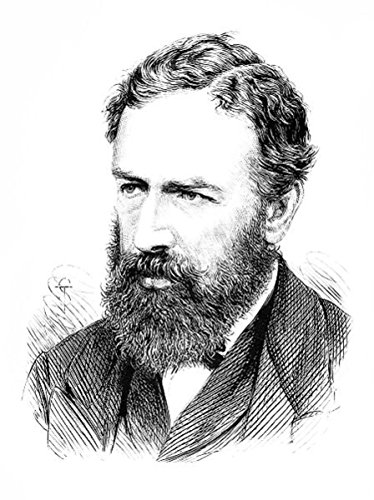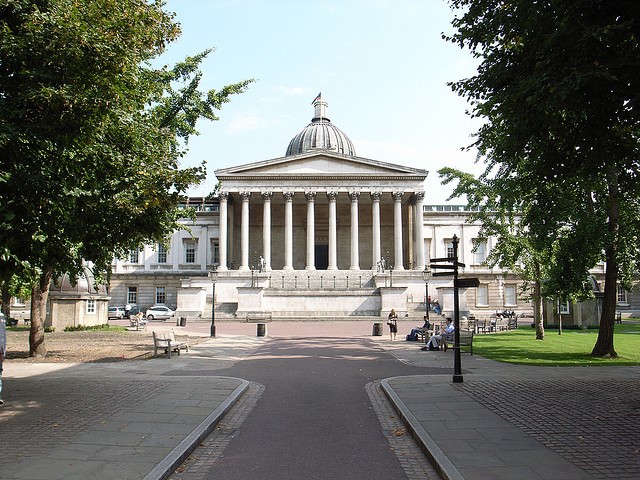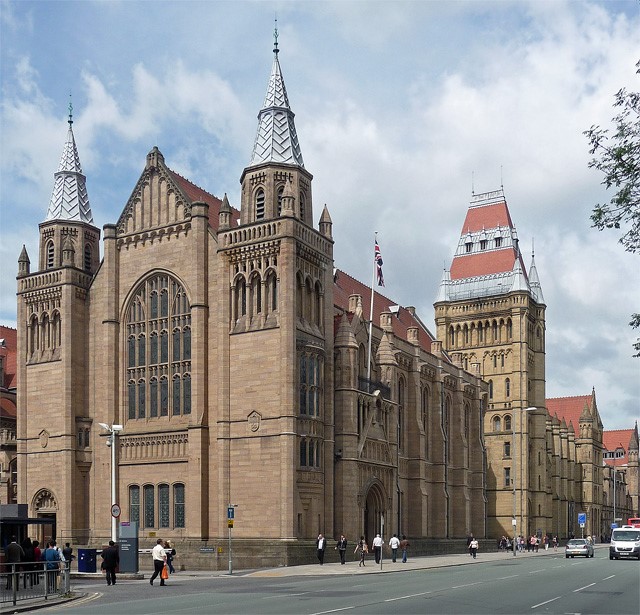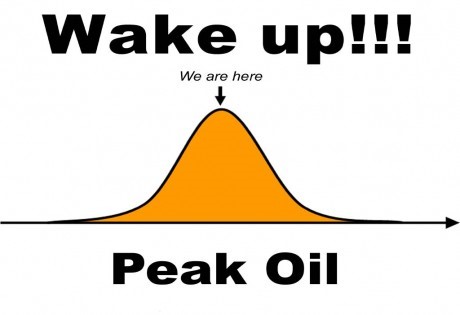
William Stanley Jevons was an English economist and logician who pioneered the marginal utility theory of value and developed Jevons Paradox.
Below is an excerpt from a biography of William Stanley Jevons included with our books.
| Title | Published |
|---|---|
| The Theory of Political Economy | 1871 |
| The Coal Question | 1865 |
William Stanley Jevons was born on September 01, 1835 in Liverpool, Lancashire, England.
Thomas Jevons, William Stanley’s father with strong scientific mind and a writer on legal and economic subjects, had strong influence on his early education. At the age of fifteen William Jevons was sent to London to attend the University College School.


From 1852 to the end of 1853 at University College, William Stanley Jevons studied the subjects of chemistry and botany. He unexpectedly ended his study at University College after taking the offer as the assayer to the new mint in Sydney, Australia.
William Jevons left England for Sydney, Australia in June 1854 and worked there as an assayer for five years.
In 1859 William Jevons resigned the appointment as an assayer. In the autumn of 1859 he returned to London and entered again as a student at the University College London. He studied in the school very hard and proceeded in due course to complete the B.A. and M.A. degrees of the University of London.
After taking his M.A. degree, William Jevons obtained a post as tutor at Owens College, Manchester.
In 1866 William Jevons was elected professor of logic and moral philosophy and Cobden professor of political economy in Owens College.
In 1867 William Jevons married Harriet Ann Taylor, the daughter of the founder and proprietor of the Manchester Guardian.
In 1876 William Jevons returned to London for the professorship of political economy in University College, London.



The theory of utility was being independently developed around 870 on somewhat similar lines by Carl Menger in Austria and Léon Walras in Switzerland.
However, in 1860 William Jevons formulated the theory of utility which became the keynote of his general theory of political economy.
In 1862 William Jevons further defined the theory of utility as the economics that was essentially a mathematical science in a paper on “A General Mathematical Theory of Political Economy”.
In 1871 William Jevons set forth his doctrines for the theory of utility in his work the Theory of Political Economy.
William Jevons wrote A Serious Fall in the Value of Gold in 1863 and The Coal Question in 1865. The two works put him in the top rank as a great economist on applied economics and statistics. William Jevons would be remembered as one of the great economists of the 19th century even if he would have never published Theory of Political Economy. The Coal Question coverers a breadth of concepts on energy depletion that have influenced the writers covering the subject of peak oil. The Jevons paradox proposed in The Coal Question remains a paradigmatic study of resource depletion theory.
In 1875 William Jevons published Money and the Mechanism of Exchange that was written in a popular style rather than theoretical.
William Jevons wrote Primer on Political Economy in 1878 and The State in Relation to Labour in 1882. The two works published after his death, namely, Methods of Social Reform.
William Jevons proposed the unique approach and framework of “Commercial Crises and Sun-Spots” to analyze business cycles that crises in the economy might not be random events, but might be based on discernible prior causes.
In 1864 William Jevons published Pure Logic; or, the Logic of Quality apart from Quantity. The work was based on Boole’s system of logic but freed from what he considered the false mathematical pieces of that system.
In 1870, William Jevons displayed a logical machine after the years of the construction before the Royal Society. The machine can deliver the conclusion derivable from any given set of premises could be mechanically obtained.
In 1869 William Jevons published a sketch of this fundamental doctrine under the title of The Substitution of Similars. He expressed the principle in its simplest form as “Whatever is true of a thing is true of its like”.
In 1870 William Jevons published the Elementary Lessons on Logic which became the most widely read elementary textbook on logic in the English language.
In 1874 William Jevons published the title of The Principles of Science. In this work Jevons embodied the substance of his earlier works on pure logic and the substitution of similars. He also argued the view that induction is simply an inverse employment of deduction. His theory of induction was a revival of the theory laid down by Whewell and criticised by John Stuart Mill. The work as a whole was one of the great contributions to logical doctrine that appeared in the UK in the 19th century. “Though less attractively written than Mill’s System of Logic, Principles of Science is a book that keeps much closer to the facts of scientific practice.”
In 1880 William Jevons published Studies in Deductive Logic.
Hermann von Helmholtz, brought non-Euclidean geometry to Britain and published many papers on the subject. In 1870 Jevons published his first article for non-Euclidean geometry, Axioms of Geometry. was published in 1870. However, Helmholtz contributed the research on how humans perceived space and Jevons focused on the question of truth in geometry.
William Jevons suffered a good deal from ill health and sleeplessness and found the delivery of lectures covering so wide a range of subjects very burdensome at his 40. He died on August 13, 1882 at the age of 46 at Bexhill-on-Sea, Sussex, England.
